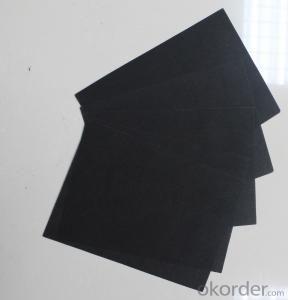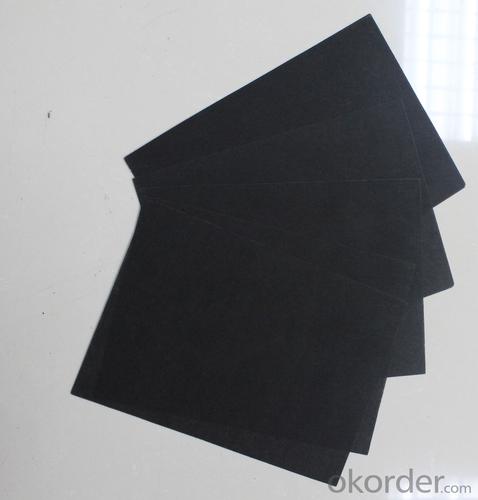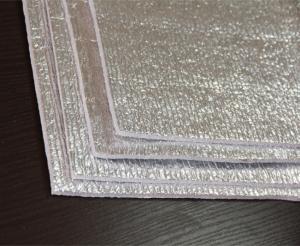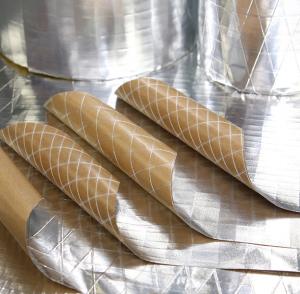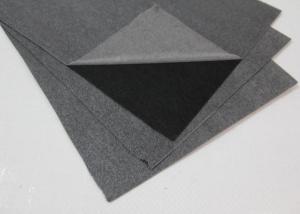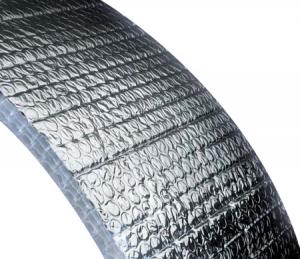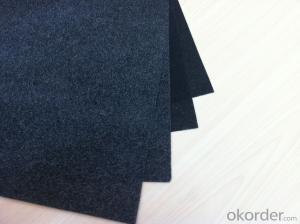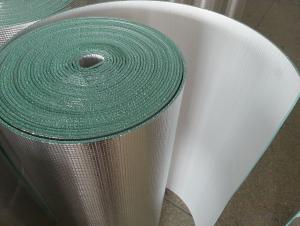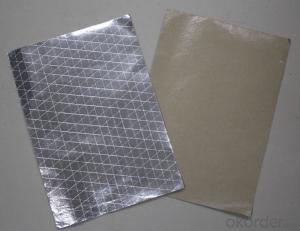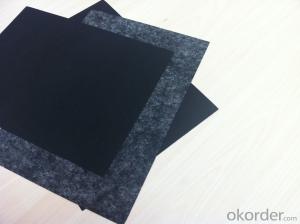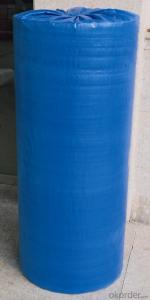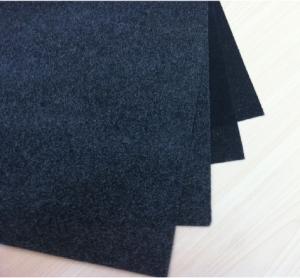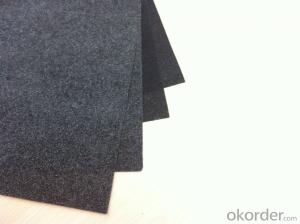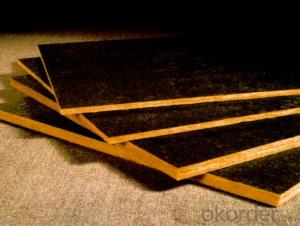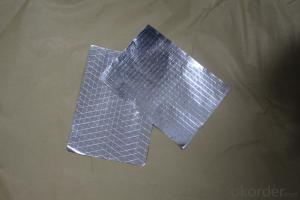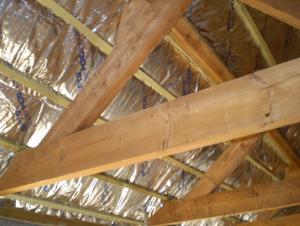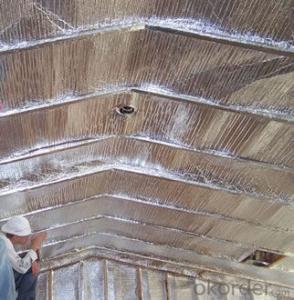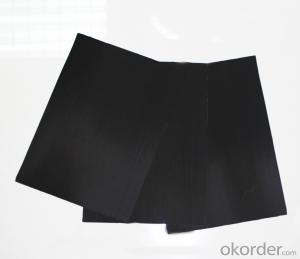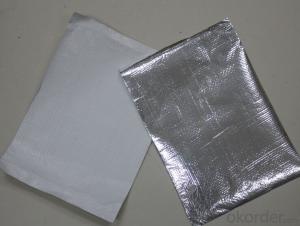Fiberglass Facing Ceiling Black Fiberglass Tissue-65e
- Loading Port:
- Shanghai
- Payment Terms:
- TT OR LC
- Min Order Qty:
- 500 m²
- Supply Capability:
- 100000 m²/month
OKorder Service Pledge
OKorder Financial Service
You Might Also Like
Introduction of Fiberglass Tissue
Fiberglass Tissue is a kind of facing, which is made of by the white fiberglass tissue, and special production process.
Application of Fiberglass Tissue
Our black tissue are mainly used as facing for glass wool insulation, rockwool, mineral wool etc. Also fiberglass tissue facing is used under roof decking, under attic rafters, over existing attic thermal insulation, in floors, walls and crawl spaces, and in industrial and commercial buildings to block radiant heat coming into house through the roof during the summer and retain indoor heat generated during in winter
Advantage of Fiberglass Tissue
Light weight
• High manufacturing accuracy
• High strength
• Heat resistant, water proof, stable at high temperature;
• Environmentally friendly, no smell and not-toxic;
• Smooth and clear surface;
Packing of Fiberglass Tissue
1. Waterproof paper then PVC shrinking Film
2. Water-Proof film only
3. Woven cloth
4. Kraft paper or Water Proof Film then Metal/wooden pallet
5. (Also as your request. )
Specification of Fiberglass Tissue
Specification | ||
ITEM | UNIT | VALUE |
Weight | g/m2 | 160 |
Thickness | mm | 0.2 |
Density | /cm | 12×12 |
Oxygen Index Number | % | ≥32 |
Tensile Strength MD | n/125px | 800 |
Tensile Strength CMD | n/125px | 500 |
Fire Resistant Property | B1 | |
Pictures of Fiberglass Tissue
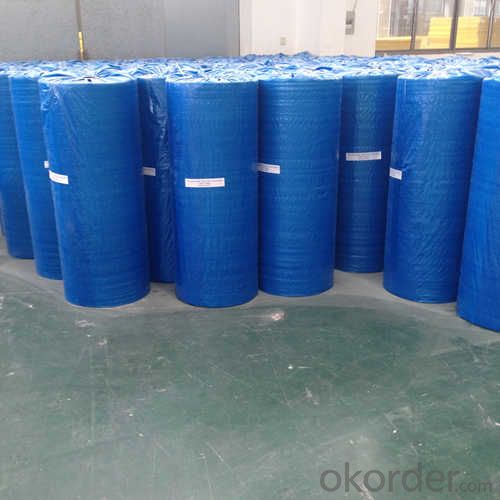
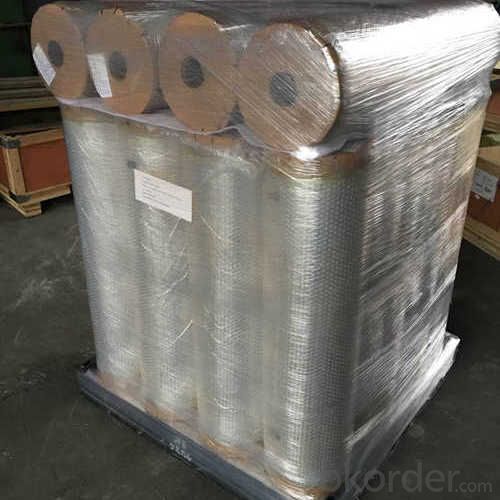
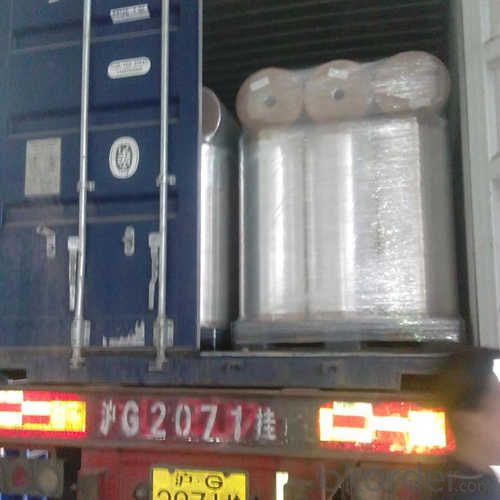
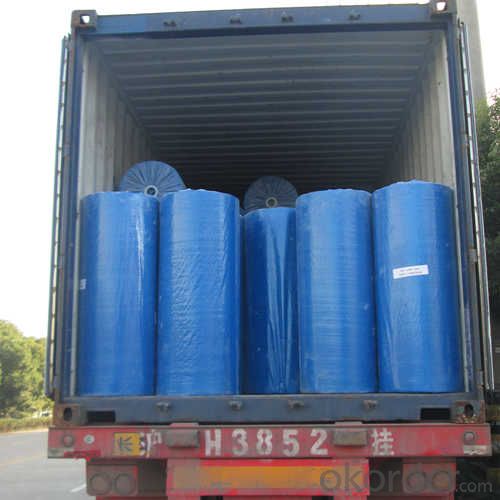
FAQ
We have organized several common questions for our clients,may help you sincerely:
1. What is the storage condition?
The Aluminum Foil Facing should be stored at room temperature and kept from wet and heat source.
2. How to guarantee the quality of the products?
We have established the international advanced quality management system,every link from raw material to final product we have strict quality test;We resolutely put an end to unqualified products flowing into the market. At the same time, we will provide necessary follow-up service assurance.
3. How long can we receive the product after purchase?
In the purchase of product within four working days, we will arrange the factory delivery as soon as possible. The specific time of receiving is related to the state and position of customers. Commonly 7 to 10 working days can be served.
- Q: What are the potential health hazards linked to the use of synthetic materials such as black fiberglass tissues?
- <p>While synthetic materials like black fiberglass tissues have various applications due to their durability and strength, there are health risks associated with their use. Inhalation of fiberglass dust or fibers can cause respiratory issues, including irritation and, in severe cases, respiratory diseases. Prolonged exposure may lead to conditions like fiberglass lung, a form of pneumoconiosis. It's crucial to use proper protective equipment and ventilation when handling these materials to minimize health risks.</p>
- Q: Describe the process of creating black fiberglass tissue, including the materials used and the steps involved.
- <p>The production process of black fiberglass tissue involves several key steps. First, raw materials such as glass fibers are combined with a black pigment or dye to color the fibers. These fibers are then melted and extruded into thin strands. The strands are gathered together and woven or laid into a sheet form to create the tissue. This sheet is then treated with a resin to bind the fibers together, resulting in a strong, black fiberglass tissue. The final product is often used in various industrial applications due to its strength and resistance to heat and chemicals.</p>
- Q: This question asks for a method to determine if the insulation material in use is made from black fiberglass tissues.
- <p>To determine if your insulation material is made from black fiberglass tissues, you can perform a simple visual inspection. Black fiberglass insulation typically has a dark, almost black color, and is made from fine glass fibers. You can also check for the manufacturer's label or documentation that came with the insulation. If you're still unsure, you can perform a burn test; fiberglass doesn't burn but will melt when exposed to a flame, producing a chemical smell. However, be cautious with this test as it can release harmful fumes. Alternatively, consult with a professional inspector or contractor who can accurately identify the material for you.</p>
- Q: What is fiberglass facing?
- Fiberglass facing refers to a thin layer or sheet made of fiberglass that is used to cover or protect surfaces. It is commonly used in construction and insulation applications to provide strength, durability, and resistance to heat, moisture, and chemicals.
- Q: This question asks for a comparison between black fiberglass tissue and other types of paper products, focusing on their characteristics and uses.
- <p>Black fiberglass tissue is distinct from other paper products due to its composition and properties. Unlike traditional paper made from cellulose fibers, black fiberglass tissue is made from fine glass fibers, which are coated with a resin and then dyed black. This material is known for its high strength, durability, and resistance to heat and chemicals. It's often used in applications requiring these specific properties, such as in electrical insulation, high-temperature filtration, and as a reinforcement material. In contrast, other paper products like standard printing paper, tissue paper, or cardboard are made from wood pulp and are not designed for such specialized uses. They are more suited for everyday uses like writing, packaging, and hygiene.</p>
- Q: What are the most effective steps to adhere a black fiberglass tape to a wall or ceiling?
- <p>The best way to install a piece of black fiberglass tape on a wall or ceiling involves preparing the surface, applying the tape, and securing it properly. First, clean the area thoroughly to remove dust and debris. Then, cut the fiberglass tape to the desired length. Apply a high-quality adhesive specifically designed for fiberglass to the back of the tape. Press the tape firmly onto the surface, starting from one end and smoothing it out to remove any air bubbles. Use a putty knife or your fingers to press firmly and evenly. Let the adhesive dry according to the manufacturer's instructions before handling or applying any weight to the tape.</p>
- Q: This question asks for a comparison between black fiberglass tissue and other sound insulation materials, focusing on their properties and effectiveness.
- <p>Black fiberglass tissue is a type of sound insulation material known for its lightweight, flexibility, and high sound absorption capabilities. Compared to other materials, it offers excellent thermal insulation and resistance to moisture and fire. However, it may not be as dense or heavy-duty as some alternatives like mass-loaded vinyl or certain types of acoustic foam, which can provide better soundproofing in high-noise environments. Black fiberglass tissue is also sensitive to physical damage, which can reduce its effectiveness over time. It's important to consider the specific application and environmental factors when choosing the right sound insulation material.</p>
- Q: This question asks for the ability of black fiberglass tissue to resist moisture.
- <p>Black fiberglass tissue is known for its excellent moisture resistance. It is designed to repel water and prevent moisture absorption, which makes it ideal for applications where water or humidity is a concern. The moisture resistance of black fiberglass tissue is primarily due to its chemical composition and the manufacturing process that incorporates a resin system which creates a barrier against water penetration. This characteristic is crucial in industries such as construction, automotive, and aerospace where materials need to perform well in damp or wet environments without degrading.</p>
- Q: Are there any health concerns associated with fiberglass facing?
- Yes, there are some health concerns associated with fiberglass facing. Fiberglass is made of tiny fibers that can become airborne and if inhaled, they can irritate the respiratory system. Prolonged exposure to fiberglass can lead to respiratory issues, such as coughing, wheezing, and even a condition called fiberglass lung. It is important to take proper precautions, such as wearing protective gear and working in well-ventilated areas, when handling fiberglass to minimize the health risks.
- Q: This question asks for the optimal methods to install black fiberglass tissues, which are commonly used for insulation or flooring purposes.
- <p>The best ways to install black fiberglass tissues for insulation or flooring involve the following steps: 1. Preparation: Ensure the area is clean and dry. 2. Measuring and Cutting: Measure the area and cut the fiberglass to fit precisely. 3. Laying the Fiberglass: Start from one corner and work your way across, ensuring the material lays flat without wrinkles. 4. Securing the Fiberglass: Use adhesive or mechanical fasteners to secure the fiberglass in place. 5. Overlapping: When necessary, overlap the sheets and secure the overlap to prevent gaps. 6. Finishing: Apply a vapor barrier or underlayment if required, and finish with the desired flooring material. Always follow the manufacturer's instructions for the specific product being used.</p>
Send your message to us
Fiberglass Facing Ceiling Black Fiberglass Tissue-65e
- Loading Port:
- Shanghai
- Payment Terms:
- TT OR LC
- Min Order Qty:
- 500 m²
- Supply Capability:
- 100000 m²/month
OKorder Service Pledge
OKorder Financial Service
Similar products
Hot products
Hot Searches
Related keywords
